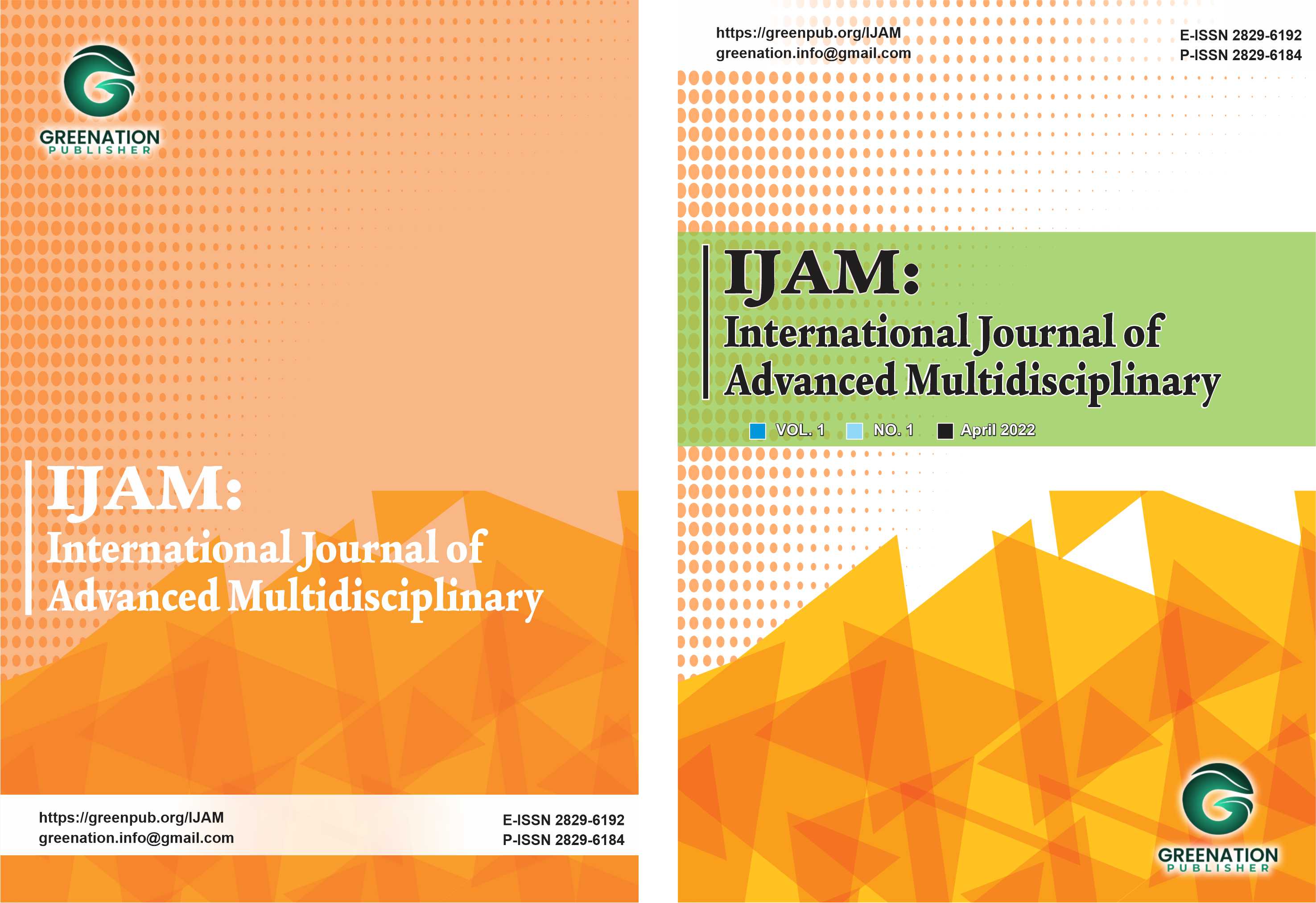Implementation Of People Centered Development Model in Village Development (Theoretical Study Of Agil Talcot Parsons)
DOI:
https://doi.org/10.38035/ijam.v2i1.215Keywords:
Implementation, People Centered Development, Village Development, Agil Talcot ParsonsAbstract
Village development, which is entirely taken from the local community, is now seen as a key component of village development. Each village is given autonomy to carry out development in accordance with its potential. Objectives this research how the village sees the potential can contribute support to its development, where this potential lies in empowered humans/communities, thus making human-centered development. The theory of this research is people centered development, AGIL Talcot Parsons. This research method is descriptive qualitative with a theoretical study analysis method approach. The implementation of village development through human-centered development, in adaptation is the concept of community survival with various types of changes, in terms of achieving the goal is to carry out mutual cooperation, kinship, and solidarity for the purpose of achieving peace and social justice, in integration. The conclusion of this study is that the four functions of AGIL are interrelated with one another.
References
Compos. (2005), Administrasi Pembangunan:Konsep, Dimensi & Strateginya. Jakarta: PT. Bumi Aksara.
Digdowiseiso, Kumba. (2019). Teori Pembangunan. Jakarta: LPU-UNAS.
Fernandya, Siti Saskia, dkk. (2022). Pengentasan masalah sosial melalui people Centered development guna memaksimalkan Pembangunan di indonesia. Jurnal Reformasi: Jurnal Ilmiah Ilmu Sosial danIlmu Politik, Vol. 12 No. 1. 118-129.
Gai, Ardiyanto Maksimilianus, dkk (2020). Perencanaan dan Pengembangan Desa. Malang: Dream Litera Buana.
Hamid, Hendrawati. (2018). Manajemen Pemberdayaan Masyarakat. Makasar: De La Macca.
Hartati, Andi, dkk. (2022). Pembangunan Pedesaan, Prinsip, Kebijakan dan Manajemen. Bandung: Widina Bhakti Persada.
Kato, Iskandar, dkk. (2021). Manajemen Pembangunan Daerah. Makasar: Penerbit Yayasan Kita Menulis.
Moeleong, Lexy, J. (2014). Metodologi Penelitian Kualitatif (Edisi Revisi). Bandungr: Remaja Rosdakarya.
Muluk, M.R Kahairul. (2010). Menggugat Partisipasi Publik dalam Pemerintahan Daerah (Sebuah Kajian dengan Pendekatan Berpikir Sistem), Kedua. Malang: Banyumedia Publishing.
Nain, Umar. (2019). Pembangunan Desa dalam Perspektif Sosiohistoris. Makasar: Garis Khatulistiwa.
Nurcholis, Hanif. (2011). Pertumbuhan dan Penyelenggaraan Pemerintahan Desa. Jakarta: Erlangga.
Parsons, Talcott. (2013). Social System. London: Routledge.
Rahmawati, dkk. (2019). Analisis kasus pada usaha kecil dan menengah (ukm) “ms collection” kerajinan kain perca di kelurahan gandekan kecamatan jebres kota surakarta. Jurnal Analisa Sosiologi, Vo. 8 No. 1. 113-120
Ritzer, George. (2012). Teori Sosiologi: Dari Sosiologi Klasik Sampai Perkembangan Terakhir Postmodern. Terj. Saut Pasaribu dkk. Yogyakarta: Pustaka Pelajar.
Sumpeno, Wahjudin (2011). Perencanaan Desa Terpadu, Kedua. Banda Aceh: Read.
Tjokrowinoto, Moeljarto. (2009). Pembangunan, Dilema dan Tantangan. Yogyakarta: Pustaka Pelajar.
Todaro, Michael P. (2004). Pembangunan Ekonomi Dunia. Ketiga. Jakarta: Erlangga.
Tri Kartono, Drajat, dkk. (2013). Pembangunan Masyarakat Desa dan Kota.Tangerang Selatan: Universitas Terbuka.
Zuriah, N. (2009). Metodologi penelitian Sosial dan Pendidikan. Jakarta: PT. Bumi Aksara.
Downloads
Published
How to Cite
Issue
Section
License
Authors who publish their manuscripts in this journal agree to the following conditions:
- The copyright on each article belongs to the author(s).
- The author acknowledges that the International Journal of Advanced Multidisciplinary (IJAM) has the right to be the first to publish with a Creative Commons Attribution 4.0 International license (Attribution 4.0 International (CC BY 4.0).
- Authors can submit articles separately, arrange for the non-exclusive distribution of manuscripts that have been published in this journal into other versions (e.g., sent to the author's institutional repository, publication into books, etc.), by acknowledging that the manuscript has been published for the first time in the International Journal of Advanced Multidisciplinary (IJAM).























